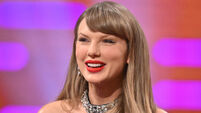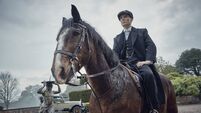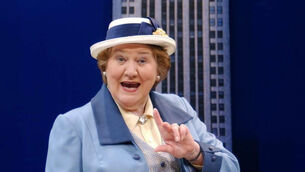'It was ‘Queen, 40p; Horslips, 50p’: Irish rockers release new album of BBC recordings
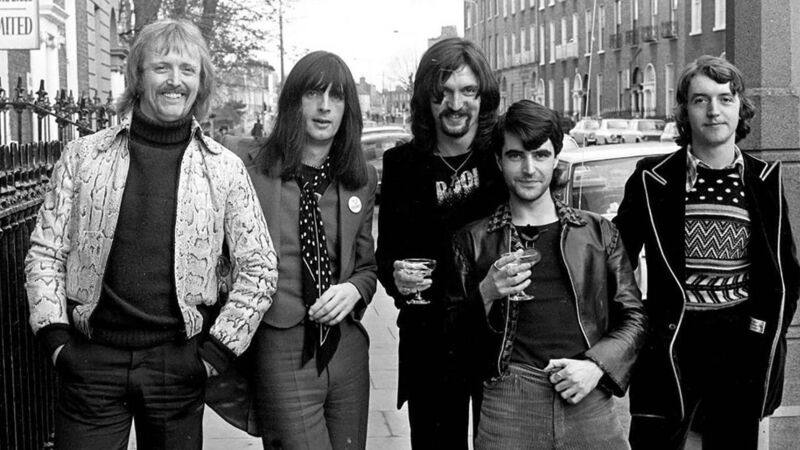
Horslips release a five-disc set of recordings made for John Peel and other shows at the BBC.
Hidden treasure has been found at the BBC. A trove of archive Horslips material has been gathered together in a five-disc set. The collection captures the band in their pomp in the 1970s, and later recordings culled from their reunion years (three decades after breaking up in 1980). It includes live performances, interviews, gorgeous linear notes and rare photos of its band members – Barry Devlin, Jim Lockhart, Charles O’Connor, Eamon Carr and Johnny Fean – in the kind of outlandish glam rock fashion that would hurt your eyes.
A highlight from the haul is a recording of their performance with the Ulster Orchestra at Belfast’s Waterfront Hall. The gig was performed on St. Patrick’s Day in 2011. It’s arguably Horslips “finest hour”. It includes a memorable eight-minute rendition of I’ll Be Waiting, a showcase for Fean, the band’s lead guitarist, who sadly passed away in 2023.
“The Ulster Orchestra is 69 people,” says Lockhart. “It's hugely impressive. The conductor Brian Byrne had done these amazing arrangements. We were back and forth with him for several weeks beforehand, talking through the stuff we would like to hear and the direction we’d like it to go, adding, say, a Vivaldi fiddle for that bit there, and so on.
“Brian ran with it, taking all the traditional bits like, say, the intro to which is Brian Boru’s March, and doing a lovely arrangement of it, which led brilliantly into the song. He picked up on all the subtleties. On the night, we had this huge, incredibly disciplined force behind us playing our melodies. It was an extraordinary feeling.”
The footage includes an evocative segment they did in 1974 on television show, which was hosted by the legendary DJ “Whispering Bob Harris”. One of their first engagements with the BBC was in October 1973 when they were invited to do a session on John Peel’s radio show, shortly before their second album, was released. Their reward was £50 and exposure to his considerable audience.
“Peel was huge,” says Devlin. “Peel didn't love us. His producer John Walters loved us. We were slightly ‘Go handy’ for Peel. Peel was more into the arcane. His idea of proper trad was a piper outside Micho Russell's in the rain with only a chanter, without any of the tassels. He had an austere view of what you should do with traditional music. We didn't entirely fit that, but to be fair to him, he accepted trad is a broad church so he always gave us time.”
This was the golden age of rock music in Britain. David Bowie was breaking all the rules. Queen were on the rise. Led Zeppelin and Pink Floyd were entrancing teenagers around the world. was a classic concept album in the vein of the era’s landmark albums. It was a heady time to be in a popular rock band. As Horslips toured the UK, they bumped into bands like The Clash, The Sex Pistols, Lindisfarne at The Blue Boar Inn, a coaching inn on the Birmingham to London motorway.
“We crossed paths with Queen quite a bit,” says Lockhart. “There's a poster of one of our first gigs in London – Queen were on the previous week – and it was ‘Queen, 40p; Horslips, 50p’ at the London School of Economics.”
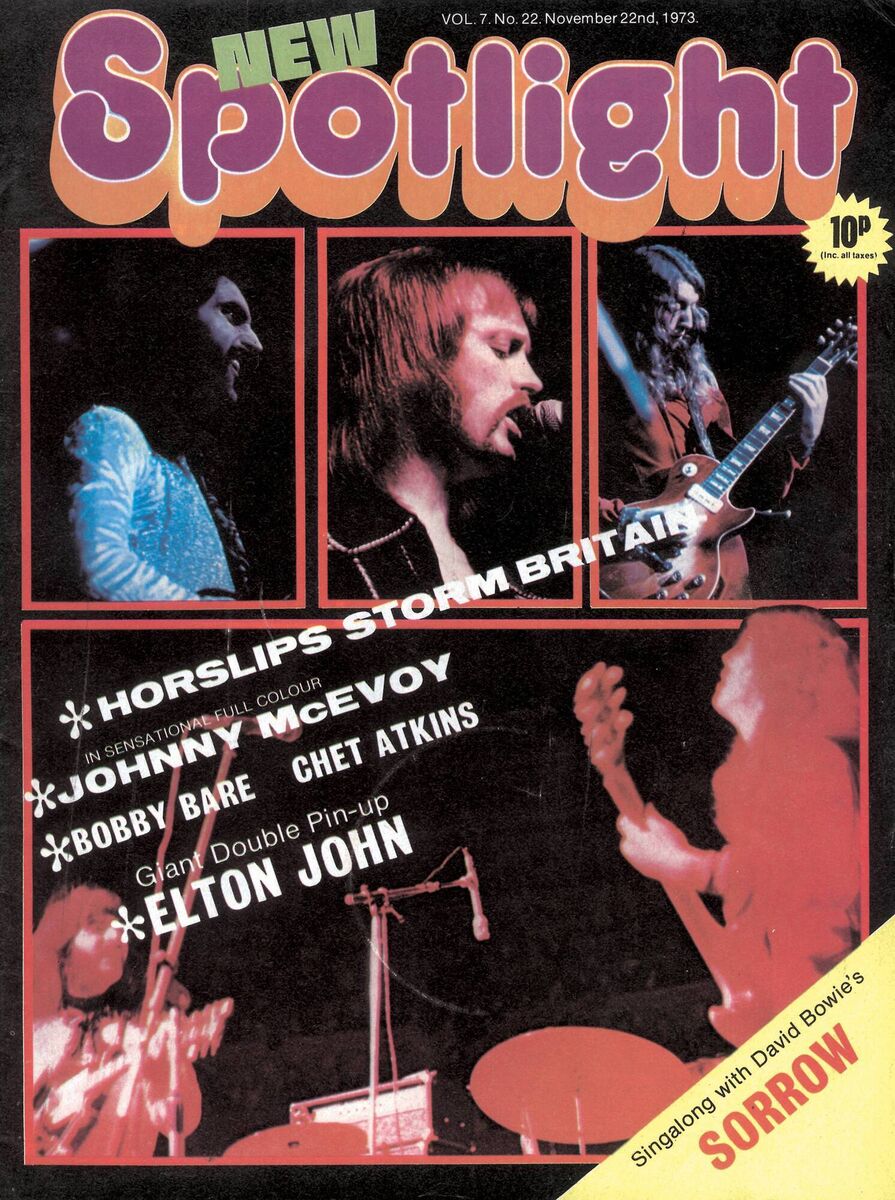
“The Blue Boar was such a dive for young punks,” adds Devlin. “It was a place you wanted to go and see where the dinosaurs had eaten, to discover the dinosaurs ate the same egg and chips you did. We used to go to Dingwalls in Camden, north London. I remember Mick Jones being there a lot. Mick would have a bunch of mad people around him, who weren’t actually that mad. They were just having a quiet drink, but they were wrapped up in black plastic sacks so that slightly took the ordinariness out of it.”
Bowie towered over all the acts in the 1970s. He was consistently on the cover of influential music magazines like and Devlin sums it up best, suggesting if you wanted to know where pop music was headed in the next five years, you just had to pick up the latest Bowie album.
The access to recreational drugs on the Irish music and social scene in the 1970s wasn’t comparable to its UK counterpart or to the cocaine blizzard that swept across American clubs at the time.
“There was always a little bit of dope around Ireland,” says Lockhart.
“There wasn’t coke,” says Devlin.
“There used to be one guy in the drugs squad in Dublin, ‘Dinny’ Mullins,” says Lockhart. “Everybody knew him. He would chat to people in pubs and stuff. He was on the ball, a smart boy. He knew what was, what, but drugs weren’t at that time an endemic problem. There were five serious drug users in Dublin in the early ’70s. Everybody knew them by name and pretty much where they lived. Drugs like heroin only took off in Ireland in early ’80s, tragically. It was terrible.
“Heroin was seen as being the road to hell, which it is,” says Devlin. “The idea of young fellows in an advertising agency using cocaine didn't exist. There wasn’t a supply chain. Pints and shorts were what people had. Hippies smoked a bit of weed. You could easily identify them because they giggled a lot, and they were always eating packets of Cheese & Onion Taytos for the munchies.”
- The Horslips – At the BBC is out on July 4. See: www.madfishmusic.com
Horslips began their assault on North America in 1974 after releasing their album They toured the continent about five times. The Police joined them on their second tour across the Atlantic.
“We were slugabeds,” says Barry Devlin. “We stayed up very late and behaved quite badly. You’d look out the window of your hotel and the bass player from The Police would be doing push-ups on the hotel’s lawn, which would put the fear of God into you.”
Jim Lockhart adds: “And Sting would be jogging about the pool or something.”
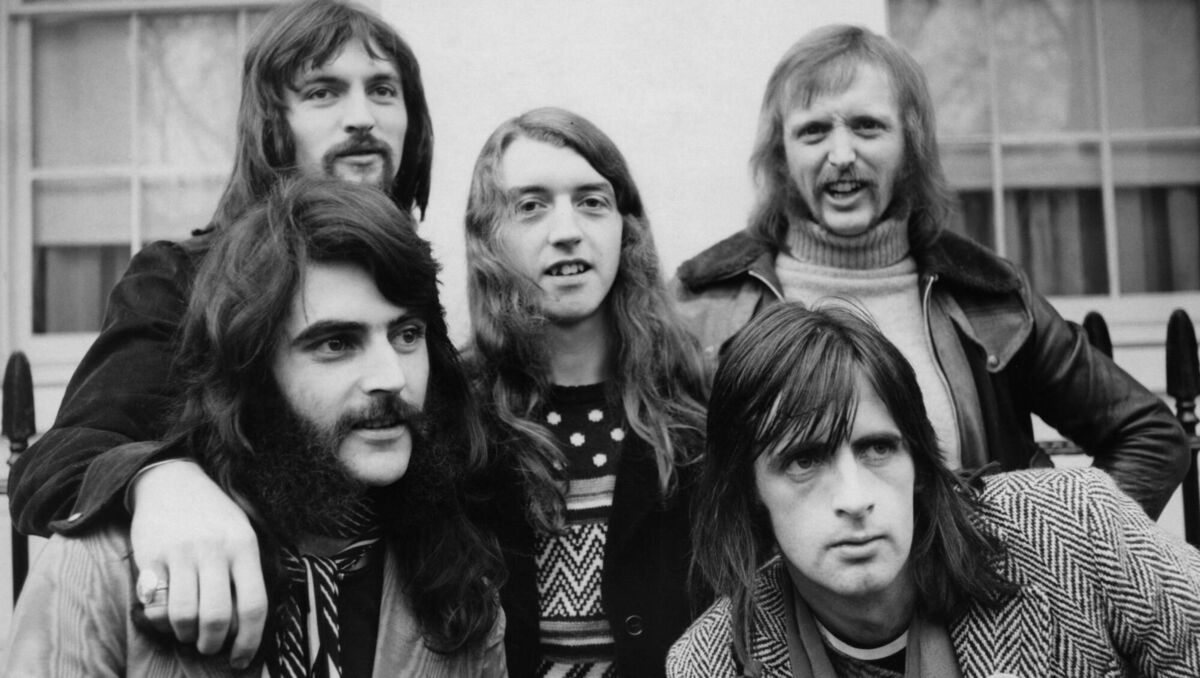
Horslips enjoyed good backing from their record labels, Dick James Music Ltd, and later Polygram, on those tours. They registered albums on the American Hot 100 billboard, but were effectively a college band, with a loyal following that filled venues on university campuses. The biggest gig Horslips headlined there was in late ’79 at The Spectrum in Philadelphia, a 13,000 seater.
The United States also gave them a pinch-me moment, which descended into typical Horslips farce, as Devlin explains: “Back then, Sunset Strip in West Hollywood was lined with billboards. When our album Aliens was released in the States, Polygram bought us this huge billboard. It had an enormous Celtic warrior brandishing an axe, with the five of us underneath it in Celtic gear.
“We were so thrilled we got the limo driver to drive up and down underneath it with our heads sticking out of the sunroof, and the girls on the street going, ‘Ah, out of towners.’ We're going, ‘That's us! That's us up there!’ Not very cool. I can't imagine David Bowie doing that for his tour.”

